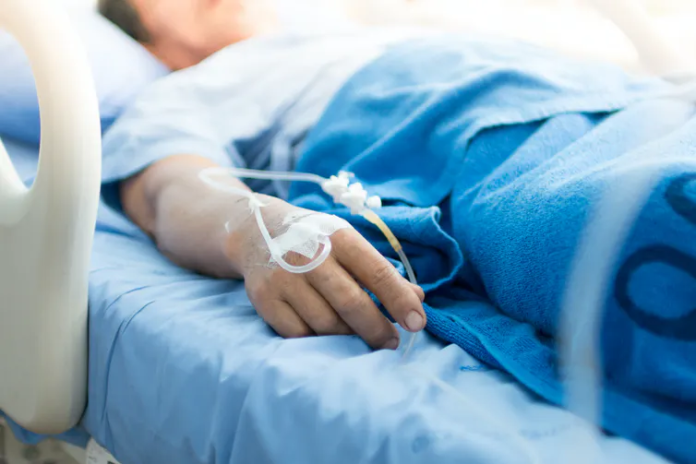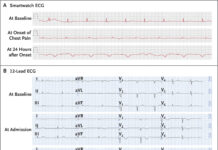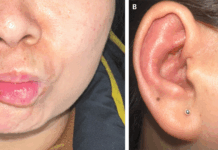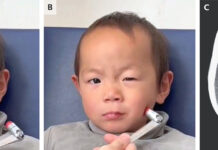Polyneuropathy – a rare manifestation of COVID-19
Polyneuropathy is a malfunction of the peripheral nerves throughout the body, causing the nerves to malfunction. It can be caused because of autoimmune disorders, diabetes, nutritional deficiencies, cancer, drugs, toxins and infections. In addition, there are several neurological manifestations associated with COVID-19 reported in the literature. However, the pathogenesis of the condition is still unknown. This article describes the case of a patient with asymmetrical upper-limb sensorimotor polyneuropathy secondary to COVID-19 infection.
The condition is most likely developed because of pathological processes including, inflammatory disease, mechanical injury, and critical illness neuropathy.
The 60-year-old patient presented to the hospital with a 12-day history of shortness of breath. 12 days prior the patient also experienced chest tightness, fever, mild shortness of breath and dry cough. His general practitioner advised him to self-isolate and started him on Amoxicillin, suspecting community-acquired pneumonia. Examination showed that the patient was in severe respiratory distress with 91% oxygen saturation on 12 L of oxygen. His respiratory rate was 34 breaths/minute, blood pressure 163/89 mm Hg, heart rate 101 beats/min and 37.6°C temperature. Doctors admitted him to the intensive care unit for a prolonged period where he underwent intubation, ventilation and later a tracheostomy.
Despite multiple negative SARS-CoV-2 RNA PCR tests from nasal and throat swabs, including a bronchoalveolar lavage sample, doctors treated him as a COVID-19 patient. This was a typical clinical presentation of COVID-19. He further developed bilateral pulmonary embolism, gastrointestinal bleed and ventilator-associated pneumonia. He also developed acute kidney injury and required haemodialysis. On his 29th day of admission in the intensive care unit, he showed evidence of severe sensory and motor axonal dysfunction.
Doctors carried out nerve conduction studies (NCS) while under critical care polyneuropathy. And discharged the patient on the 55th day of admission after extubation. Doctors transferred him to a multidisciplinary neurorehabilitation unit for ongoing treatment. On discharge, his symptoms included generalised weakness in the upper limbs and neuropathic pain. According to the case study, the patient had 5/5 power throughout in the lower limbs. There was a reduction in sensation to light and touch, consistent with C8 and T1 dermatomes on the right, whereas on the left T1 dermatome. In addition to reduced proprioception in the right hand’s 4th and 5th digits. Proprioception and tone were normal in the lower limbs.
The findings raised the possibility of sensory-motor peripheral nerve fibre loss.
The findings ruled out the possibility of a critical illness myopathy, leading to referential sensory-motor peripheral nerve fibre loss. Investigations showed no focus injury or inflammation of the brachial plexus. The results showed changes in the lower cervical spine only.
The study concludes, “Despite all previous swab PCR sample results returning negative, the patient had SARS CoV-2 IgG detected on a serum test carried out 100 days post-admission, showing the importance of a clinical diagnosis of COVID-19. His recovery process highlights the role of rehabilitation medicine in managing patients following COVID-19 infection”.
References
Polyneuropathy following COVID-19 infection: the rehabilitation approach https://casereports.bmj.com/content/14/5/e242330




